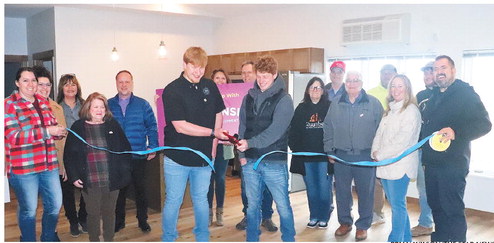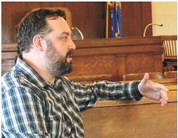Parents need to know the signs of self-harm in their kids
Data shows self-harm rises among adolescents after school breaks and heading into the end of the school year.
With March as Self-Harm Awareness Month, this spring break season, the Wisconsin Department of Health Services (DHS) wants parents, caregivers and those who work with young people, to know that self-harm among those ages 10-19 typically increases, following a return from school breaks and in the final weeks of the school year.
Data on adolescent self-harm visits to Wisconsin emergency departments (ED), showed a nearly 10 percent increase in May 2023, compared to the previous month, and a 24 percent increase in adolescent visits in April 2024, compared to the month prior.
Self-harm refers to intentional actions taken to hurt oneself. It may be done as a coping strategy in response to stress, anxiety, or other emotional and/or mental health concerns. While someone who self-harms may or may not have the intention to die by suicide, self-harm may put a person at greater risk for repeated self-harm, suicide attempt or death by suicide.
“We need to do all we can to ensure all Wisconsin youth are surrounded by safe, stable and nurturing environments,” said state health officer Paula Tran.
Alongside community-wide efforts, the DHS encourages parents, caregivers and community service providers to support youth, by recognizing the signs that may lead to self-harm and encouraging open, honest and judgmentfree conversations about mental health.
Signs that a young person may self-harm include: increased secrecy; emotional withdrawal, or changes in mood and behavior; reduced time with peers or family members; unexplained cuts, burns or bruises, typically on the arms, legs and stomach; finding razors, sharps, knives or other items that may be used to self-injure; keeping arms and legs covered; even when it is inconvenient to do so.
Parents and guardians should address the problem head on – do not ignore the problem or treat it like a passing fad.
Listen without judgment, and without trying to problem solve or put things in a more positive light. Instead, focus on confirming what they are hearing young people say. It’s important to recognize when professional help is needed.
Learn more about self-harm, at dhs.wisconsin.gov, and find self-harm resources to support caregivers and children.




